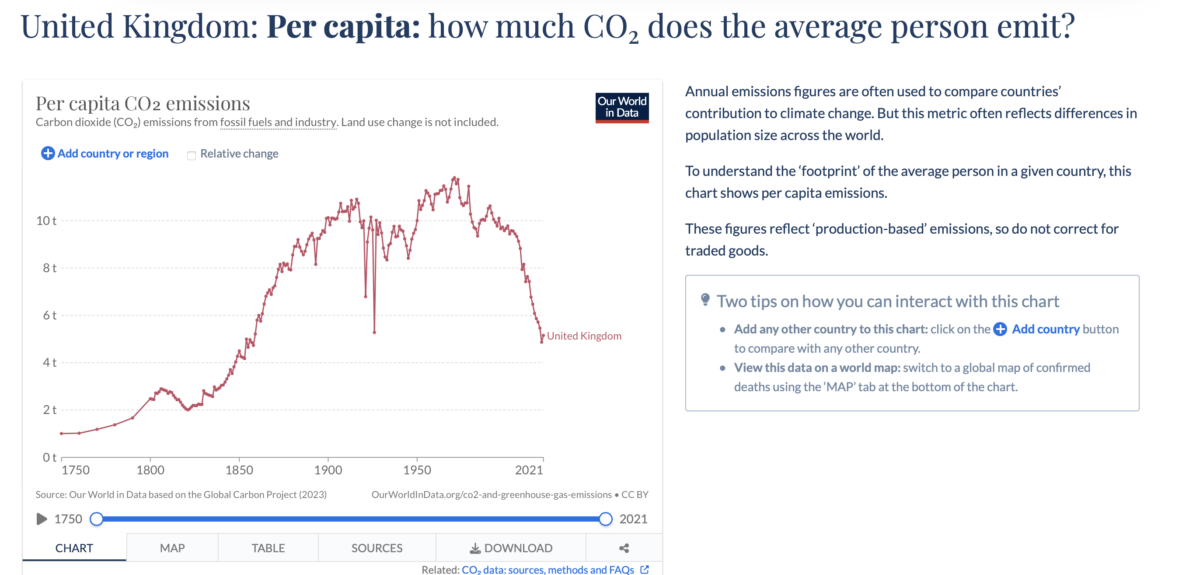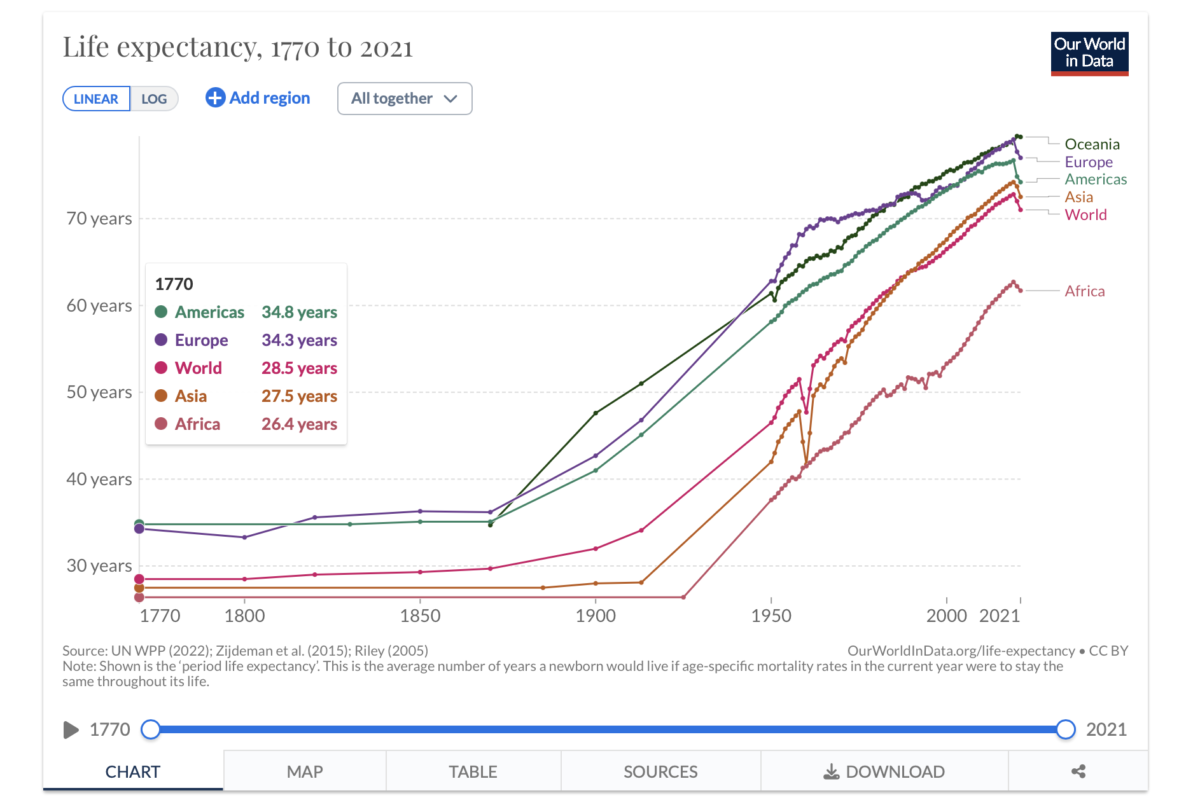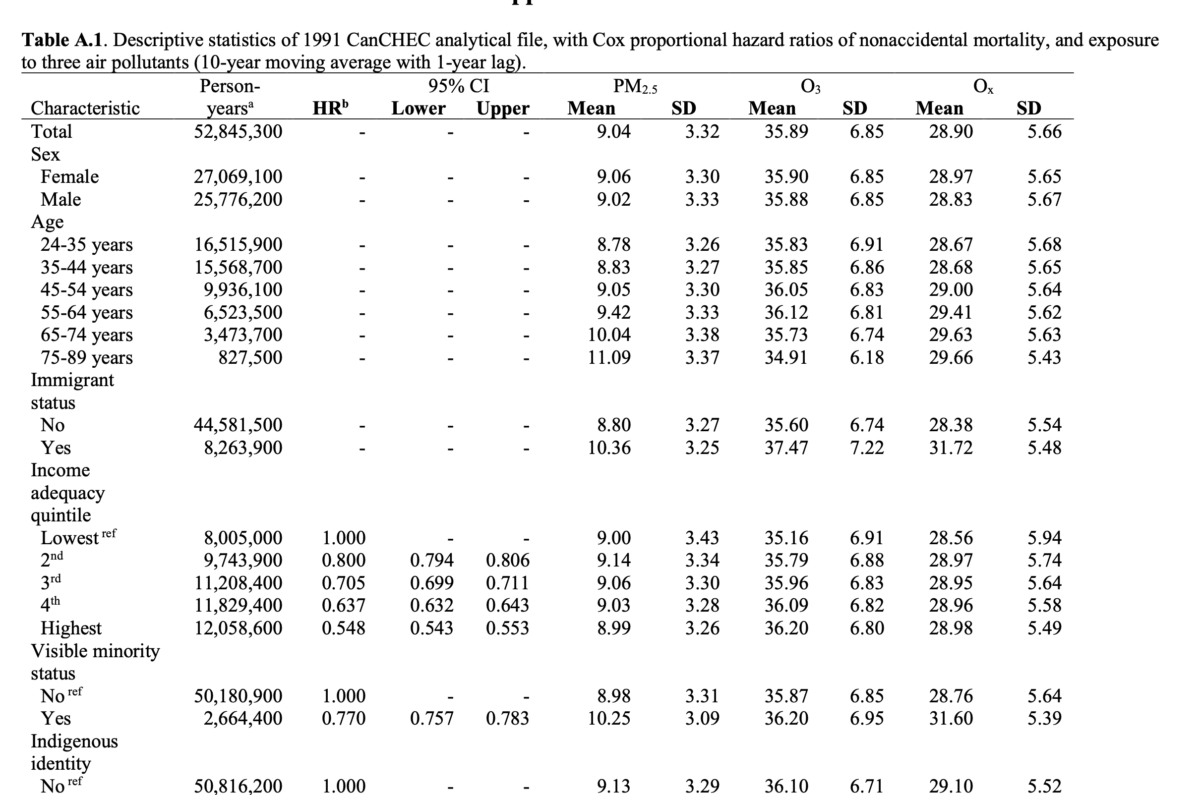I’ve just bought myself out of purgatory for a few years.
I’ve tried to find evidence in positions papers published in Brussels. I’ve not looked at position papers from clients.
Most read like acclimations of faith of a small cult and in a language that is unique to the cult.
It was a near evidence-free zone.
Here are is an easy way to improve your position papers. I mean improve if you want your ideas taken up into policy, proposals and in the final law.
I take a mechanical approach to drafting position papers.
Here it is.
Stage 1
Step 1
Identify the intended audience. It should be the people making the decision on the issue at hand.
Note: The audience is not you. If you want to know your own views, write an internal memo. It does not go public. You don’t want a position paper that comes across as the transcript of some Freudian deep regression group therapy session.
Speak to the people (desk officer etc.) who is behind the initiative. What do they need to know?
Step 2
Ask your colleagues/members to list the points you’d like to raise.
This can be free-flowing. A workshop can be good here.
It is useful to do this? Yes. It helps you and your team/members/clients move through the stages of grief quickly.
Step 3
Ask your colleagues/members to find evidence to support those points.
Get them to send you the evidence and data.
Drop the points that have no evidence. This filter is important. If there is no evidence, it is best to drop it. The anguish by doing so is a lot less painful than the ridicule you’ll get by putting up evidence-free points.
Step 4
Find someone who can write clear, plain English. The best hire professional writers to do this.
Their job is to write for the intended reader, not you.
Use appropriate metaphors/analogies.
Give them your material (points to raise with evidence) and lock them away for two days to write up a clear and concise position paper – 2 pages max.
What to include – A template
Draft the position paper. It will look something like this:
-
Main Point/TakeAway
-
Each Point – Evidence – Solution
-
Conclusion – Summary of Solutions
-
Note: Address complex issues and gaps in your case. They are going to come out. So, just deal with them head on.
Step 5: Review
Decide what’s the strongest point for the intended audience.
Revise the position paper down to the key points/solutions. It is likely going to be around 3-5 points.
Avoid confirmation bias.
Step 6: Check
Hand it back to your colleagues/members.
Get them to check the text for any errors/mistakes.
Does the paper come across as unhinged? Do you come across as a political ally of Roger Helmer MEP? If so, edit, and remove. If you wish to be ignored, keep.
Step 7 – Add-in/Annexex
Add supporting charts n the body of the position paper.
Provide supporting annexes:
-
Data and evidence
-
Amendments.
Stage 2
Have an honest conversation with the desk officer drafting the proposal. If the first time you engage on an issue is when you write a position paper for a proposal, you are likely too late.
Publish the position paper on your website, not the dark web.
Use it. Don’t just file it away. Send it to the officials and politicians working on the issue. They’ll rejoice. A clear position paper with actual data and evidence. You’ll be called in by Ministers across the 27 capitals to meet the creator of such a rare object. Newspaper stories will be written about this wonder. Your website may crash, so curious are the world to see this modern wonder (Okay maybe not!).
_____________________________________________________________________________________________
What Data and Evidence
I’m asked what sort of data and evidence should be used.
If a position paper does not have data and evidence, you’re likely wasting your time. The paper is worthless in the real world. If the only purpose is to get internal alignment on a position, there are easier and less time-consuming ways of doing it.
I recommend:
1. What is Relevant Data and Evidence
-
Recent data
-
Credible
-
Authoritative
-
Indpendent (see Quality)
-
Timely (not produced after the decision is taken)
-
Anecodtael evidence can be useful
2. How to Present
Spark Lines

Source:https://www.pluralsight.com/guides/tableau-playbook-sparklines
Graphs

Source: https://ourworldindata.org/co2/country/united-kingdom?country=~GBR

Source: https://ourworldindata.org/grapher/life-expectancy
Data Sets

Source: https://www.healtheffects.org/system/files/brauer-rr-212-appendices.pdf
Visuals

Source: https://www.healtheffects.org/system/files/mcduffie-rr-210_0.pdf, page 16
See no Excel!
3. Quality
If you did the research, paid for it, say so.
If the author has an interest, they need to say so.
Make sure the data is available so others can replicate the data/test it.
Some questions to ask yourself:
Is it statistically relevant?
Are the prevalence rates accurate?
Is the data collection accurate? After all, you can’t risk people keeping their own score.
Is the data measuring the right thing?
A final checklist
- Is it written in straightforward language?
- Is the data open source and replicable?
- Data/evidence display clear and readable?
- Are sourced and referenced?
- Have you used annotations and captions to explain the data/evidence?
Source: Edward R.Tufte, ‘Seeing with Fresh Eyes: Meaning, Space, Data, Truth’, Link